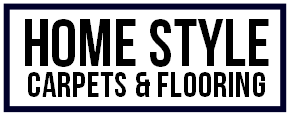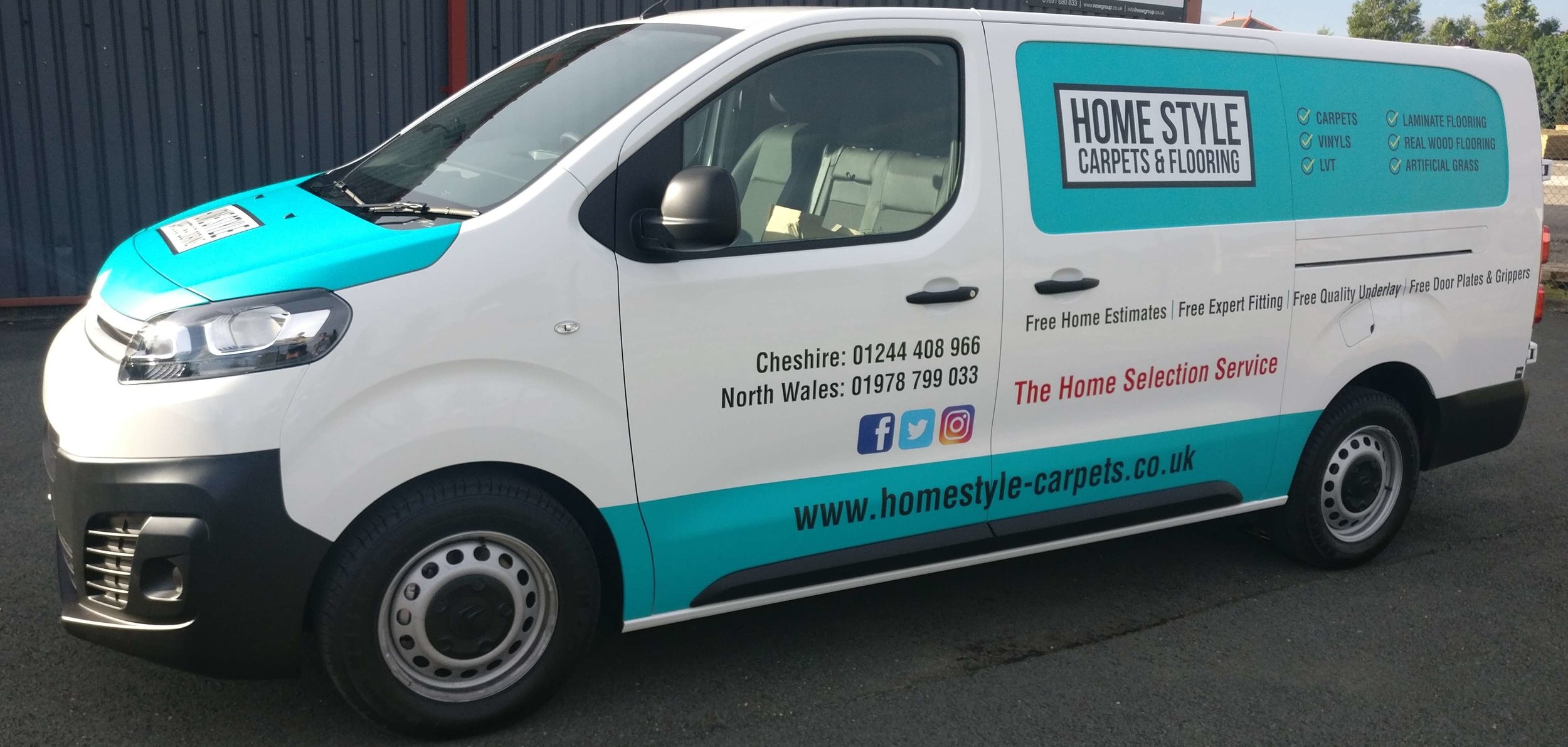Luxury vinyl tile (LVT) flooring is a very common choice for the home and for businesses these days. It has been embraced in both settings because it provides a step up in terms of aesthetics and durability on standard vinyl flooring. LVT is thicker and harder wearing, but that is not its only advantage.
Because it is laid as individual tiles rather than as a single sheet, it is able to reproduce the look of wooden planks or stone or porcelain tiling much more accurately. That means it can provide a lower cost way of creating the look of those surfaces.
One aspect of LVT flooring that is not often considered is its environmental impact though. So is LVT an eco-friendly choice?
Vinyl flooring and the environment
Vinyl floors are now frequently regarded as being among the better options when it comes to eco-friendliness. That is because they are usually manufactured in a way that is sustainable and that makes extensive use of materials that have been recycled. Furthermore, many of those materials can be recycled again when the floor is taken up.
It is important to note that this refers more to standard vinyl sheets than luxury vinyl tiling though. The latter is made in an entirely different way and involves the use of polyvinyl chloride (PVC), which is not great for the environment. It often gives off volatile organic compounds (VOCs) and is both non-biodegradable and impossible to recycle. It is not as simple as saying that LVT floors are bad for the environment though as there are a number of factors that determine eco-friendliness which must be considered.
What are the main factors that determine the eco-friendliness of a floor?
Choosing the floors for your home or business is part of the overall design process. If you want the floors to be good for the environment, there are multiple issues that you must consider before purchase and installation. We will look at each of them now and how LVT floors match up to them.
Recyclability
The first of them is how possible it will be to recycle the materials used in the creation of the floor when it is no longer fit for purpose. As noted above, LVT flooring does not score very highly in this respect and floor choices like solid wood or tiles made of ceramic or porcelain will be a better choice from the point of view of recycling.
Of course, wood in particular will also be a considerably more costly choice, so that is something that will need to be weighed up when deciding what floor to go with. Another option could be standard vinyl flooring as this makes use of recycled – and recyclable – materials in its manufacture.
Durability
The second key factor in determining eco-friendliness is durability. Durable floors lead to less waste. When it comes to that, luxury vinyl tiling scores very highly indeed, as it is a floor surface that will last for a long time if it is installed properly. That is due to the fact that the manufacturing process renders it much more able to withstand footfall than standard vinyl and also creates a thicker floor that is less likely to wear away over time.
VOCs
Those volatile organic compounds are a third factor that determines the impact of a floor choice on the environment. They are chemicals that are created during the manufacturing of products and LVT floor manufacture does lead to the production of VOCs. However, it should be noted that it is possible to get vinyl floors that are low in VOCs so that is something you should enquire about if you are keen on the idea of LVT flooring.
Floors that are made of natural materials such as solid wood or bamboo tend to produce lower VOC levels than ones that are made of synthetic materials.
How can I make more eco-conscious design choices?
Environmental consciousness when choosing interior designs is about looking at the different factors and finding options that meet as many of them as possible. That is true for the floors and all other aspects of this process.
LVT floors will provide a long-lasting choice and the importance of durability in terms of environmental impact should not be underestimated. The longer a floor surface lasts without needing to be replaced, the more any environmental issues during the manufacturing process can be kept to a minimum. Some of those issues, such as VOCs, can be further mitigated by asking questions before deciding on a particular LVT floor.
Of course, floors and other furnishings that are made out of natural materials are likely to be the most sustainable and easiest to recycle. Alongside its aesthetic appeal, that is another reason why solid wood floors are popular.
LVT floors are eco-friendly in some respects and not in others. Ask professionals before making your final floor choice.

